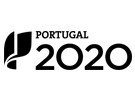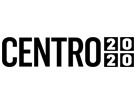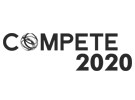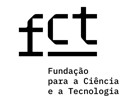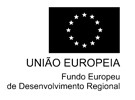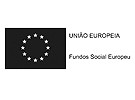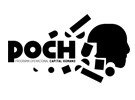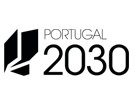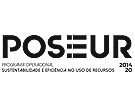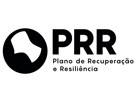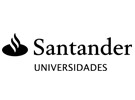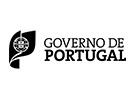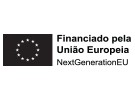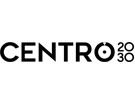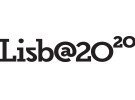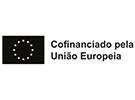



Publication in the Diário da República: Aviso n.º 23391/2023 de 4/12/2023
8 ECTS; 1º Ano, 1º Semestre, 72,0 TP , Cód. 61624.
Lecturer
- Francisco José Alexandre Nunes (1)
(1) Docente Responsável
(2) Docente que lecciona
Prerequisites
Not applicable
Objectives
Understand and utilize the most common fundamental techniques and concepts used in the analysis of direct current-powered electrical circuits, providing a connection with the study of alternating current in subsequent curricular units and with the study of electronics.
Understand the operation of some basic electronic circuits with operational amplifiers and resistors, with diodes (with special emphasis on the study of rectifiers) and with bipolar and field-effect transistors, particularly bias circuits and switching operation.
Program
1. FUNDAMENTAL QUANTITIES AND COMPONENTS OF ELECTRICAL CIRCUITS: electrical quantities - voltage, current, power and energy; conductive, dielectric and semiconductor materials; fundamental components of electrical circuits - generators, resistance, Ohm's law; electrical signals; measuring instruments.
2. KIRCHHOFF'S LAWS: concepts of loop, node, branch and network; Kirchhoff's laws of voltages and currents; combination of resistors in series and in parallel; voltage and current dividers; combination of ideal generators; voltage and current real generators; dependent generators; application of Kirchhoff's laws to simple circuits with a loop or a pair of nodes.
3. FUNDAMENTAL THEOREMS OF ELECTRICAL CIRCUITS: superposition theorem; Thévenin and Norton's theorems; source transformations; maximum power transfer theorem.
4. OSCILLOSCOPE AND SIGNAL GENERATOR: characterization of alternating quantities; analog oscilloscope, digital oscilloscope, test leads, signal generator, breadboard.
5. OPAMP - OPERATIONAL AMPLIFIER: Terminal voltages and currents and opamp transfer characteristics; ideal opamp; voltage follower; inverting amplifier; non-inverting amplifier; summing amplifier; differential amplifier; instrumentation amplifier; comparator.
6. INTRODUCTION TO SEMICONDUCTOR THEORY: Semiconductor materials, energy bands, intrinsic semiconductors, extrinsic semiconductors, P-N junction, NPN and PNP structures, J-FET structure, MOSFET structure.
7. DIODE: Junction diode - current-voltage characteristic; ideal diode; diode forward and reverse bias; digital circuits (logic gates) with diodes; characterization of sinusoidal alternating current; ideal transformer; half and full-wave rectifiers; rectifiers with capacitive filtering; special diodes - Zener, Schottky, and LED; voltage regulator circuits with Zener diode; voltage limiters.
8. BJT - BIPOLAR JUNCTION TRANSISTOR: Definition of symbols and the positive directions for voltages and currents at the terminals of NPN and PNP BJTs; characterization of transistor operating regions; study of BJT circuits in strong-signal mode, in common-base, common-collector, and common-emitter configurations; stabilized bias; common-emitter amplifier with BJT; switching operation; drive circuits for LEDs or relays.
9. MOSFET - METAL-OXIDE-SEMICONDUCTOR FIELD-EFFECT TRANSISTOR: Definition of symbols and operating regions; analysis of field-effect transistor bias circuits in common-source configuration; stabilized bias.
Evaluation Methodology
Final classification: NF=CT*60%+CP*40%
(min. 10/20)
Theoretical component: CT = AC ou EF
(mn. 9/20)
continuous assessment: AC=TE*2/3+TI*1/3
TE - tests (min. 8/20); TI - individual works
final exam: EF
Practical component (valid for all assessment periods): CP - practical laboratory work (min. 10/20)
Bibliography
- Amaral, A. (2021). Eletrónica Aplicada. Coimbra: Edições Sílabo
- Meireles, V. (2010). Circultos Elétricos. Lisboa: Lidel
- Nunes, F. (0). Circuitos e Eletrónica CTeSP-IEMI (apresentações das aulas, folhas de exercícios e guias de laboratório). Acedido em 29 de setembro de 2025 em https://politecnicotomar.sharepoint.com/:f:/r/teams/CE202526/Material%20de%20Aula/Apresenta%C3%A7%C3%B5es?csf=1&web=1&e=DySs7p
- Silva, M. (2014). Introdução aos Circuitos Eléctricos e Electrónicos. Lisboa: Fundação Calouste Gulbenkian
- Silva, M. (2016). Circuitos com Transístores Bipolares e MOS. Lisboa: Fundação Calouste Gulbenkian
Teaching Method
In the current academic year, this course operates in a tutorial format.
Software used in class
Not applicable
